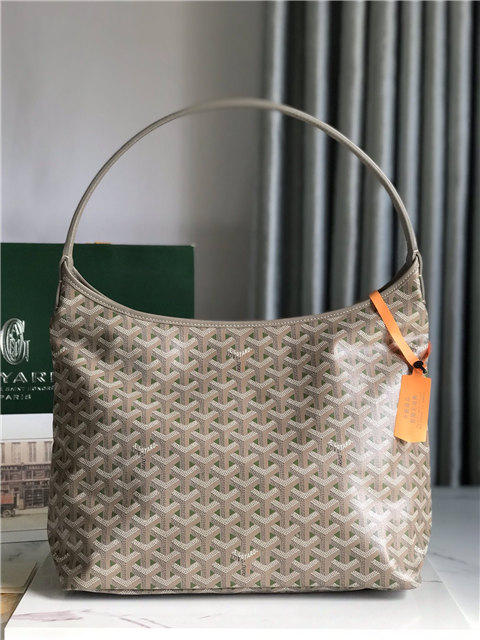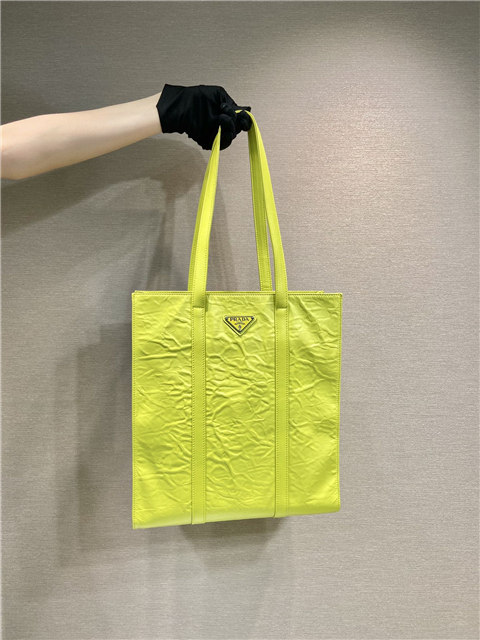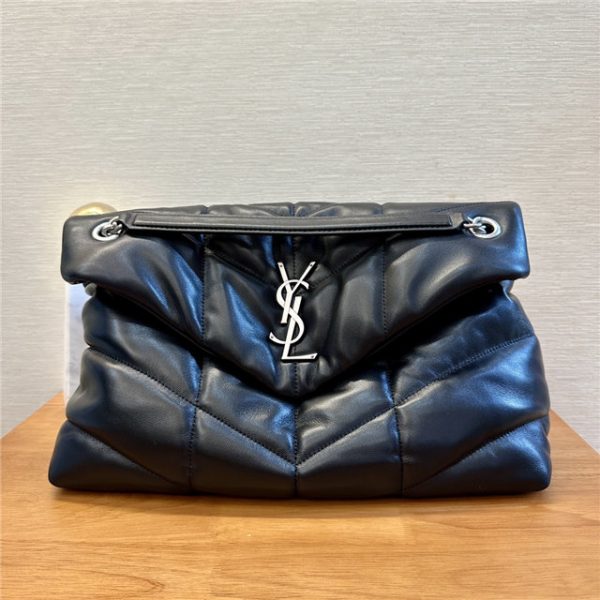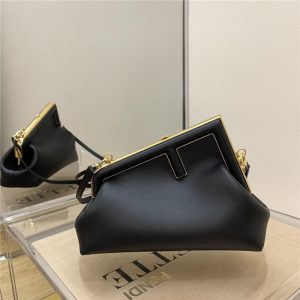I mean, who *doesn’t* want a Royal Oak? It’s an iconic watch, a total flex, and it screams, “I’ve made it!” But that’s exactly why the counterfeiters are all over it like white on rice. They know people are drooling for one, so they pump out these super-convincing fakes.
First thing’s first: that bezel. The Royal Oak’s bezel, that octagonal beauty with the eight hexagonal screws, is like, the giveaway. Real ones are *perfectly* polished, the screws are spaced *exactly* right, and they’re flush. If anything looks off, even a little bit, red flag! Red flag, I say!
And speaking of the back, peep the caseback if you can. A genuine AP Royal Oak often has a transparent caseback so you can see the movement. It should be intricate and beautiful, not some cheap-looking, mass-produced thing. If it looks like something you’d find in a dollar store toy, it’s probably a fake. Sorry, bud.
Now, I gotta tell ya, this whole “case thickness” thing comes up a lot. Real Royal Oaks aren’t *super* thick, but some fakes just try to cram too much stuff in there, making them noticeably chunkier. This is because the counterfeiters often focus on replicating the brand’s most iconic and popular models.
Honestly, sometimes it’s just a gut feeling. If the deal is too good to be true, it probably is. And if the seller is being shady, like refusing to show you detailed pictures or meet in person, run! Seriously, bolt outta there!
Look, I’m no expert, I just really, really appreciate watches and hate seeing people get ripped off. So, my advice? Do your homework, ask questions, and if you’re even a *little* bit unsure, get it authenticated by a pro. It’s worth the money to avoid dropping serious cash on a piece of junk.




















































